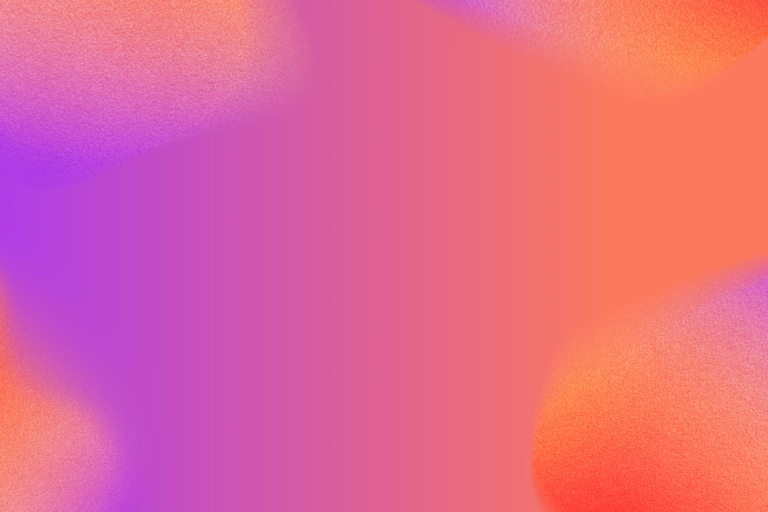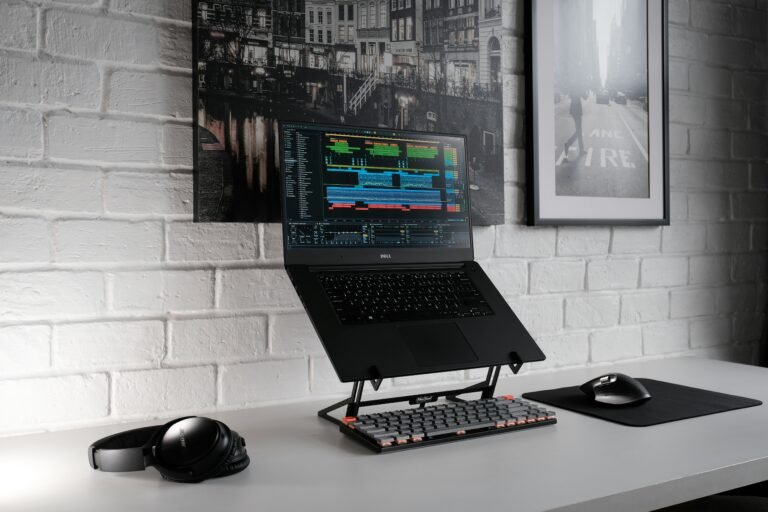Table of Contents
Introduction
Discover how a few color tweaks can boost your work performance and mood instantly. Color is not just decoration; it is a powerful tool that shapes our office vibe.
Color in office design goes beyond looks. It changes how you feel and work. Studies from sources like the Journal of Environmental Psychology show color influences mood and attention. This article explains how red, blue, green, and yellow affect productivity.
Whether you run a corner office or a home workspace, knowing color psychology helps you design a space for focus and creativity. Smart color choices give you clearer focus and a better work mood.
Understanding Color Psychology in the Workplace
The Importance of Color
Color affects our emotions and behavior, often without us noticing. In an office, the right hues can energize or calm. Designers use color to boost productivity and well-being.
The Science Behind Color
Research tells us different colors trigger different body responses. Some hues raise energy levels while others calm the mind. This science helps you choose smart colors for every office room.
Deep Dive into Key Colors
Red: Energizing Action and Focus
Psychological Impact:
Red boosts energy and quick thinking. It raises the heart rate and sharpens focus. Use red when you need a burst of energy.
Practical Applications:
Add red accents in meeting rooms to spark lively discussion. Use red touches in sales or fast-paced zones without overwhelming the space.
Cautions:
Too much red may cause stress. Balance red with neutral tones.
Blue: Promoting Calm and Concentration
Psychological Impact:
Blue gives a calm, stable feel. It supports focus and lowers stress. This makes blue ideal for working alone on deep tasks.
Practical Applications:
Use blue walls or furniture in quiet work areas. Blue lighting can help during heavy concentration sessions.
Balance:
Mix blue with warmer colors to avoid a cold look.
Green: Reducing Stress and Enhancing Comfort
Psychological Impact:
Green reminds us of nature. It calms eyes and reduces stress. Green makes any room feel balanced and gentle.
Practical Applications:
Bring nature inside with potted plants. Use green in break areas to create a stress-free zone. A living wall adds a bold green touch in large offices.
Key Insight:
Green mainly cools down stress. It may not boost work speed, but it makes the space more comfortable.
Yellow: Balancing Energy and Creativity
Psychological Impact:
Yellow sends a burst of energy and optimism. It sparks creativity and smart ideas when used right.
Practical Applications:
Use soft yellow in common areas to warm up a space. Add yellow art or small accents where teamwork happens.
Considerations:
Excess yellow can cause anxiety. Use it in small doses to keep the balance.
Integrating Color with Other Environmental Factors
Lighting:
Lighting can boost or lessen color effects. Natural light makes colors pop; artificial light may change their hue. Smart lighting helps keep colors just right.
Ergonomics:
Comfortable furniture works with color to uplift mood. Together, they support both body and mind.
Air Quality and Layout:
Fresh air and a good layout make work fun and safe. Paired with the right color, your office becomes a thriving space.
Implementing a Color Strategy
Aligning with Organizational Goals:
Match your color choices with your work goals. Use red to spark ideas and blue to deepen focus.
Personalization:
Pick colors that match your style or company culture. A personal touch makes the space feel unique and inviting.
Adaptive Technologies:
Try programmable LED systems that change color and brightness during the day. These smart tools adjust your workspace for different tasks.
Conclusion
Color is more than decoration. It is a smart tool that changes your work space into a vibrant, efficient zone. Knowing how red, blue, green, and yellow work helps you plan a productive room.
Try these ideas in your office or home workspace. Small changes can make a big difference in your energy and focus.
If you liked this article, check out this Monitor Light on Amazon:
As an Amazon Associate I earn from qualifying purchases
Frequently Asked Questions
Q: What is color psychology?
A: It is the study of how colors affect mood and behavior. It helps in designing spaces that work well.
Q: How do I choose the right color for my office?
A: Consider the role of each room. Use red for energy, blue for calm, green for comfort, and yellow for creativity.
Q: Can color improvements boost my productivity?
A: Yes. Smart color choices can improve focus and reduce stress, which can help you work better.
Last updated on May 19, 2025





